What Types of Hanfu Can Men Wear?

Many of the hanfu styles sold on our website are designed for women, with far fewer options for men. This might leave some wondering: can hanfu really be worn by people of any gender?
It’s true that there are significantly more hanfu styles marketed toward women, and those questioning this imbalance are onto something—the market for male hanfu is indeed smaller. I found countless shops specializing in women’s styles, but very few focusing solely on men’s.
Ⅰ. Why Is Men’s Hanfu So Rare?
There are a few reasons why traditional menswear in the Hanfu world isn’t as widespread:
First, many men see Hanfu as too ceremonial or complex for everyday use. It’s often viewed as something you wear for specific cultural events or photo shoots—rather than a regular outfit. Men also tend to prioritize comfort and practicality when it comes to clothing.
Another concern is appearance. Some men worry that their modern haircut, beard, or even wearing glasses might not “match” with traditional Chinese clothing. One common hesitation we’ve even heard is, “Without facial hair or styling, won’t I just look like a palace eunuch?”
But here’s the thing—you don’t need to look like a character from a historical drama to wear Hanfu confidently. Short hair, glasses, or a clean-shaven face? Totally fine. As long as your look is neat and intentional, Hanfu can absolutely work in modern, everyday settings.
Ⅱ. Everyday Hanfu Options for Men
Now that we’ve cleared that up, let’s take a look at some typical Chinese dress styles that work great for men—including options that are more casual, breathable, and practical:
1. Zhishen (直裰) – The Straight Robe
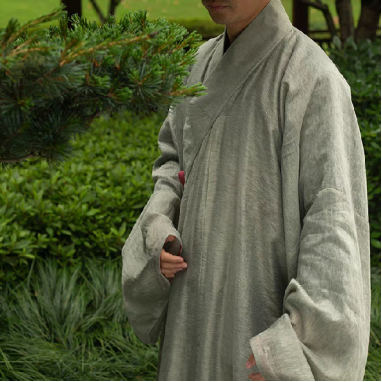
A classic long robe with crossed lapels. It typically falls below the knees and has slits on both sides for mobility. Its simple silhouette gives off a sleek, elegant vibe. The front and back usually feature clean center seams, and sleeves can range from wide to narrow.
2. Daopao (道袍) – The Daoist Robe
Originally popular among scholars, this robe dates back to the Song dynasty and evolved into everyday attire by the Ming dynasty. It features wide sleeves, crossed lapels, and side slits. It’s often paired with a silk sash or simple belt and has a signature white collar guard.
3. Round-Collar Robe (圆领袍)
Worn by both men and women during the Sui and Tang dynasties, this style was once considered formal wear for officials. The collar is circular, sometimes stiffened and fastened with buttons. Men’s versions are usually in solid colors with minimal patterns—perfect for understated elegance.
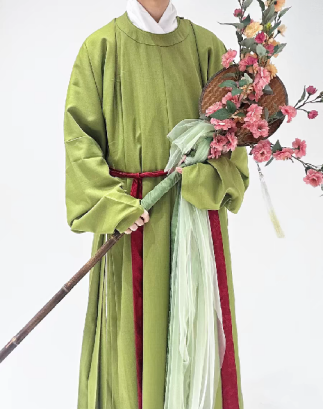
4. Short Cross-Collar Shirt (交领短衫)
This is your go-to for hot days. Opt for plain white or pastel tones and pair it with breathable fabric for max comfort. The simplicity of the pattern gives it a clean, modern-meets-traditional feel. Want to keep cool? Add a folding fan—it’s practical and stylish.

5. Banbi (半臂) – The Short-Sleeve Jacket
This style is like the ancient version of a T-shirt: short-sleeved, open at the sides, and perfect for summer. SilkDivas recommends modern hanfu takes on Banbi—they’re lightweight, breezy, and ideal for casual outings.

6. Beizi (褙子) – The Outer Robe
A long outer layer, usually worn open at the front. It’s great for layering and adds a bit of flair over basic robes or shirts. The sides are often left unstitched below the armpits for extra breathability.

7. Flying Fish Robe (飞鱼服)
This bold style was historically worn by imperial guards. It has a tighter upper fit and a shorter skirt, giving a sharp, commanding look. Today, it’s one of the more modern-feeling options. Choose a deep, solid color and accessorize with glasses or a folding fan for added charisma.

8. Hedang Pants (合裆裤)
These pleated trousers from the Song dynasty are rarely worn alone—usually layered under a robe. They’re a niche piece, but great for historical accuracy or cosplay settings.

Ⅲ. Examples of men’s hanfu outfits
By now, you’ve probably gotten a good sense of the various tops and bottoms available male hanfu. The great thing is—you don’t have to stick rigidly to tradition. Mix and match as you like—if it looks good and feels right to you, that’s what matters most.
For instance, take Weibo user Zhou Yu (@周渝-檀越之)—he wore male hanfu to the Second World Sinologists Conference, seamlessly blending traditional attire into a modern setting. He stood out in the best way: elegant, confident, and culturally proud.
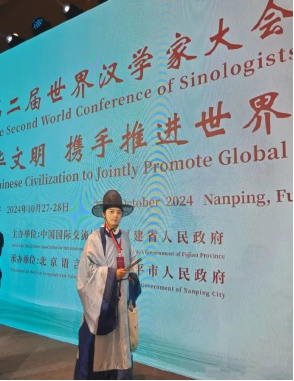
Of course, most of us don’t live our lives in the spotlight. For many, Hanfu is more than just a costume—it’s a way to express personal style and connect with culture in everyday life. From my own experience, I’ve seen quite a few women wearing Hanfu to work, but it’s still pretty rare to see men doing the same.
One great example that comes to mind is CGTN journalist Wu Bin, who once reported on air from Chattogram wearing a full Hanfu outfit. That’s a bold move—and a brilliant showcase of how Hanfu can be professional and expressive.
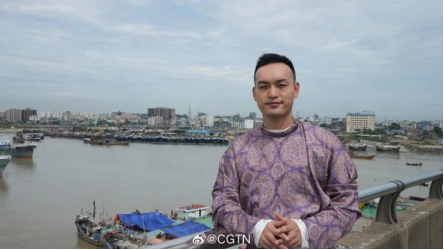
Summary
So—feeling more confident about trying Chinese outfits as a guy? We at SilkDivas encourage everyone to bring Hanfu into their daily wardrobe. Whether you have long or short hair, wear glasses or not, there’s a style that will suit you beautifully.
We hope this post gave you some helpful insights and maybe even inspired you to explore Hanfu further. If you’ve got thoughts, questions, or want to share your experience—leave a comment below! We’d love to hear from you.
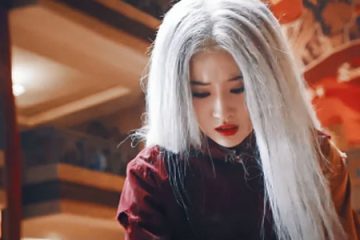
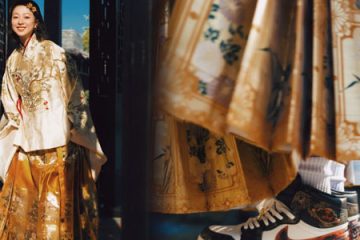
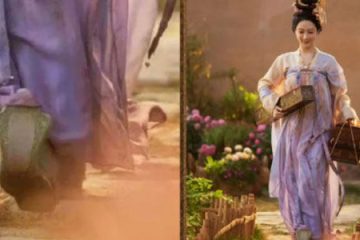
0 Comments